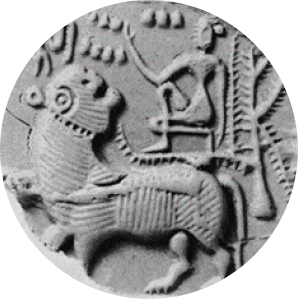Offline Email experiments
Unhappy with lags and crashes in Evolution, I began working with Mutt – a terminal-based email client. There’s a comparatively easy way to set this up using Mutt’s built-in IMAP and Gmail support. That’s a good way to try it. I found I liked it enough to continue the experiment. But what I really wanted to do was to become a little more independent of a constant online connection, and therefore began to configure it to work with Offlineimap. That’s a bit trickier. And, in addition, although everything looks fairly easy at first glance, I found that many questions arose during the process. So it ends up being many hours of work to both configure and learn how to work with the system. In the process of working with email that are many aspects that seem obvious, but are not so when we are presented with multiple options. Fortunately, in the case of a popular program like Mutt, the web is full of excellent tutorials and information.
Because Mutt is just an email manager, it is still necessary to find ways of handling the other parts of my workflow. We use Google Calendar at work to schedule things. Evolution syncs very well with that, and Gnome3 includes the events in the calendar it shows at the top of the screen; bringing up notifications that sometimes arrive in time. For handling tasks, I want to use either a single plain text file based on Markdown, or Emacs Org-mode. Gvim or Cream can collapse sections like Org-mode. Org-mode has many other features. I’ve only scratched the surface. For a longterm time investment, it might be better to go with Org-mode; though it’s really overkill when it comes to my fairly simple needs.
Choosing an email editor is a hard decision in Mutt, because there are so many good ones. But for now I’ve decided to use Gedit, just because it is one of the few that, without any extra-steps, enables me to easily write emails in Hebrew.
Viewing plain text files
There’s a very nice, ancient, and oft-forgotten multi-platform console-based file manager known as Midnight Commander. By default, it opens with a 2-pain view that is intended to enable easy movement of files from one directory to another. But it has many other features, and one of them is to permit viewing the contents of plain text (or other) files on the right, while one browses through the file list on the left. That’s a great, super-fast way for browsing through a bunch of plain text files. So last week I extracted all my journal entries from Redbook and various word processing formats, and converted them all into single-entry plain text files, whose file names begin with the date, and sometimes included a hint of what they contain, such as “2011-12-31-offline-email”. That way all of my journal entries are easily browsable (and searchable). It isn’t necessary to open each one separately in order to read the contents, and they are easier to browse through than in a self-contained program like Redbook.
